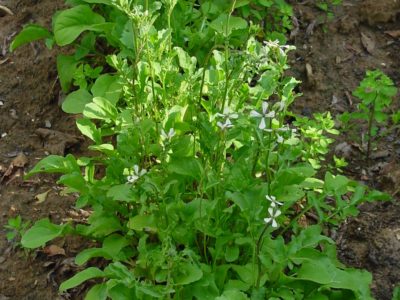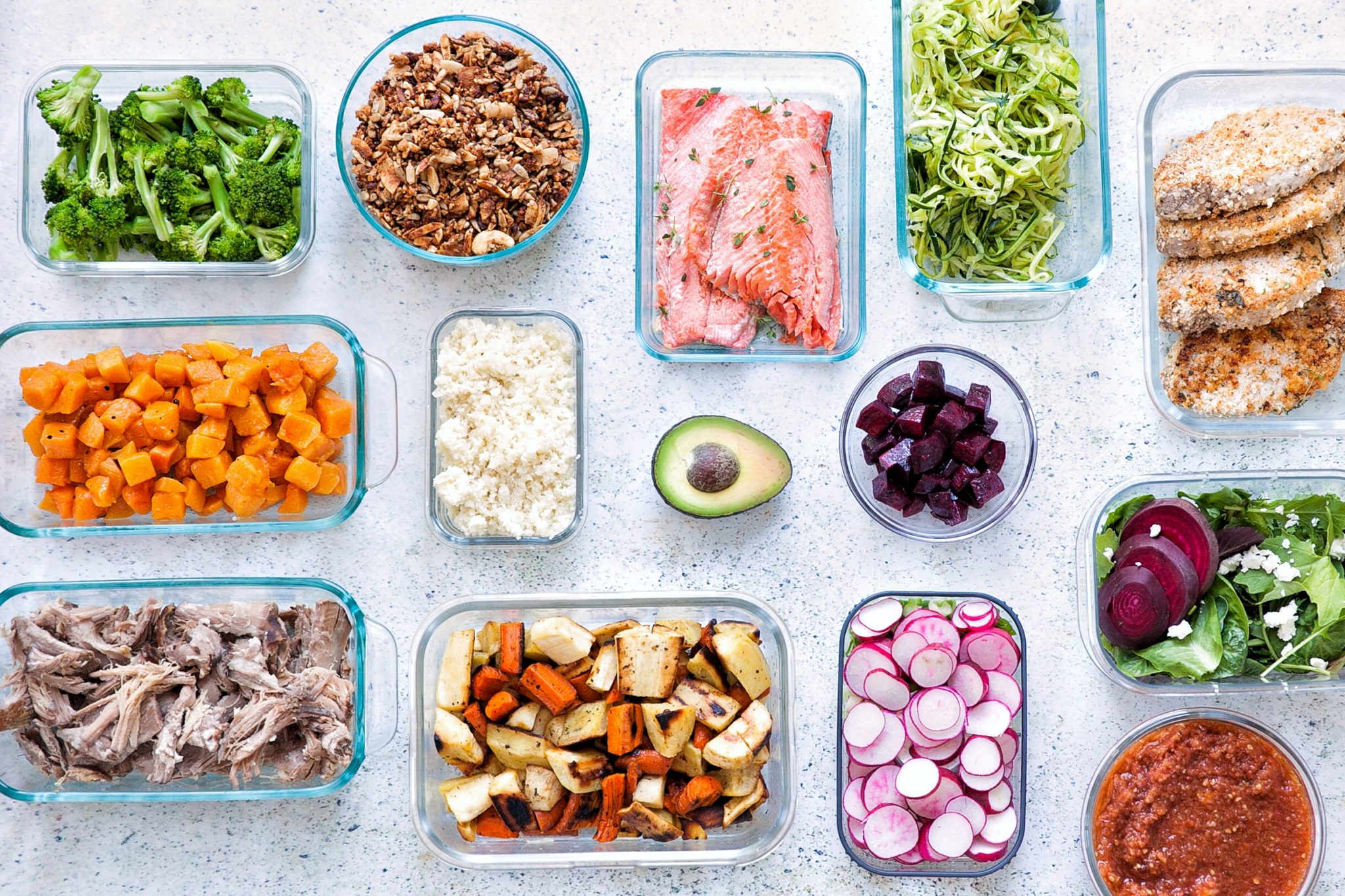Find your local farmers market!
Arugula, Eruca sativa, is a bitter and spicy leafy green in the same plant family as cabbage and Brussels sprouts, brassicaceae, making it a cruciferous vegetable. It is native to the Mediterranean and has been cultivated since at least Roman times. Traditionally, it was grown as an herb and used more as a garnish, but now we incorporate arugula to be a main leafy green in salads. I love its earthy, complicated flavor with that spicy aftertaste! I’ve used it as a main salad ingredient in many recipes, including my Apricot and Arugula Salad, Strawberry Arugula Salad, Citrus, Fig, and Walnut Salad, and Strawberry-Basil Salad with Toasted Pecans; and I’ve also included it in alternate ways, such as in my Barbecue Chicken with Arugula Pesto!
Nutritionally, arugula is a powerhouse. 100g of arugula would be a very rich source of vitamins A, D, and K1 as well as folate. It’s also a good source of potassium, magnesium, and manganese. Like all cruciferous vegetables, arugula is a great source of phytonutrients. Some of the key phytonutrients include glucosinolates and isothiocyanate, which are known anti-cancer antioxidants.
Like the other cabbage family greens, arugula grows best in cool weather. So, you are more likely to find it at your local farmers’ market in late spring and then again in fall. Opting for organic and/or local when it comes to leafy greens is your best bet for avoiding pesticide contamination and maximizing micronutrient contents. You can also get arugula at your grocery store.


 Orange
Orange
